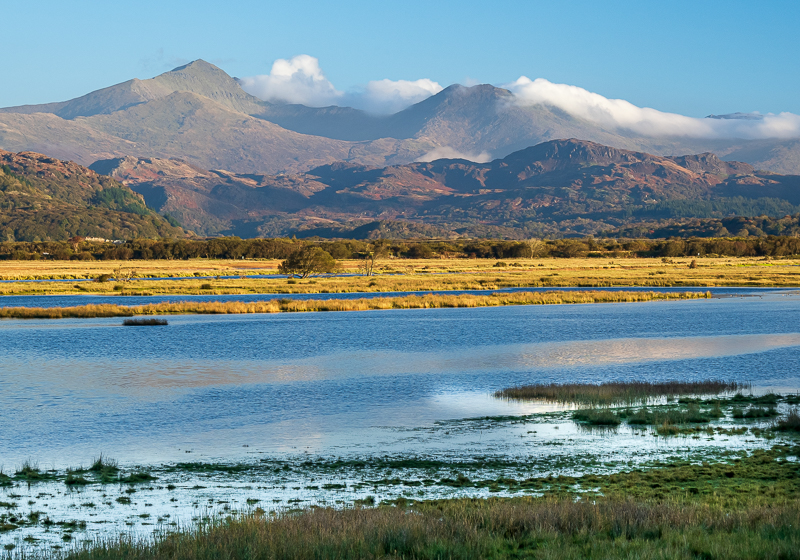
Earlier in my career as a photographer I had a whole range of activities which each brought in a certain amount of dosh. Examples include exhibition rental, print sales, calendar sales, book production and sales, and commissioned work. For a number of years I freelanced for the Wales Tourist Board, which was the closest I ever had to a money spinner. But it was a soul-less activity and I felt just like a cog in a machine. Throughout all this time my bread and butter income was through the sale of postcards. But I always felt that with a growing track record like mine I would be able to drop the postcards and work on bigger projects for prestigious clients.
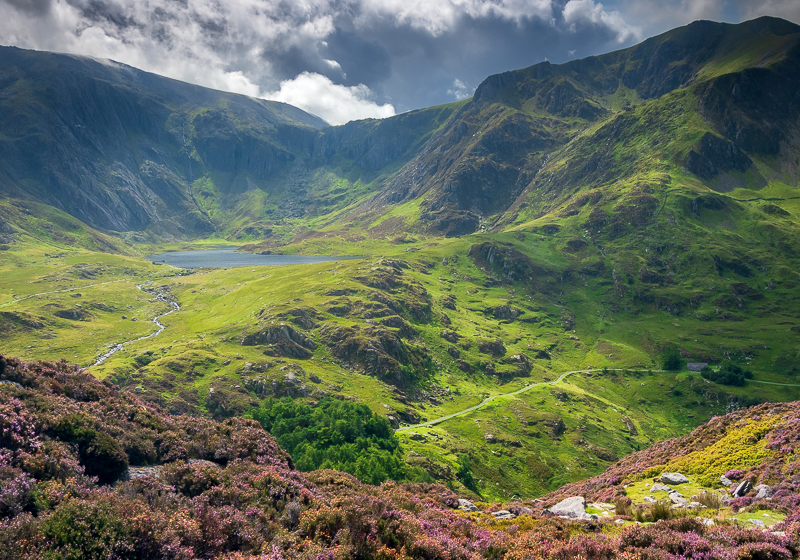
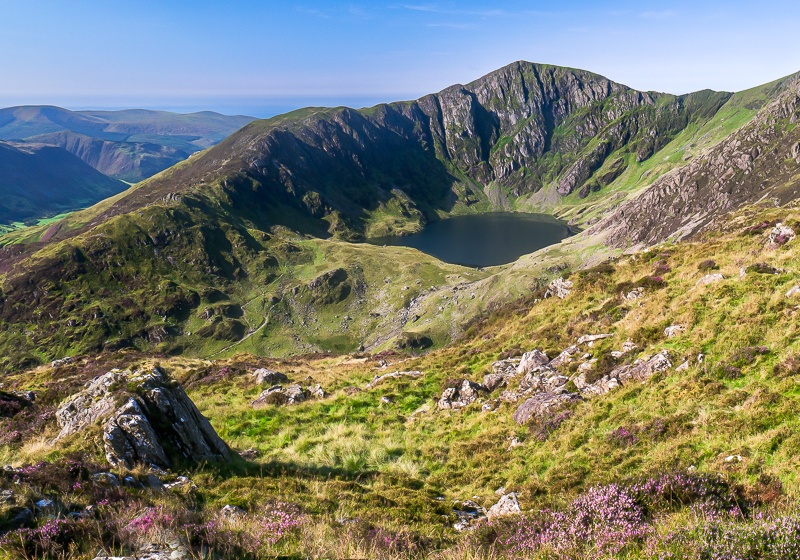
How wrong I was! The bigger projects dropped away for all sorts of reasons and with some minor exceptions all I’m left with is postcard sales. Sales are nothing like they were at their peak say 15 years ago (about 30%) but they do seem to have bottomed out in recent years. There is a whole host of reasons for this – like the use of mobile phones, the ridiculous cost of postage, and shop closures. For example, in the last 18 months three of my very few outlets in south Pembrokeshire have closed; one is now a cafe, one a toy shop and another sells secondhand books. None are interested in postcards. And yes, you do have to develop a very thick skin……
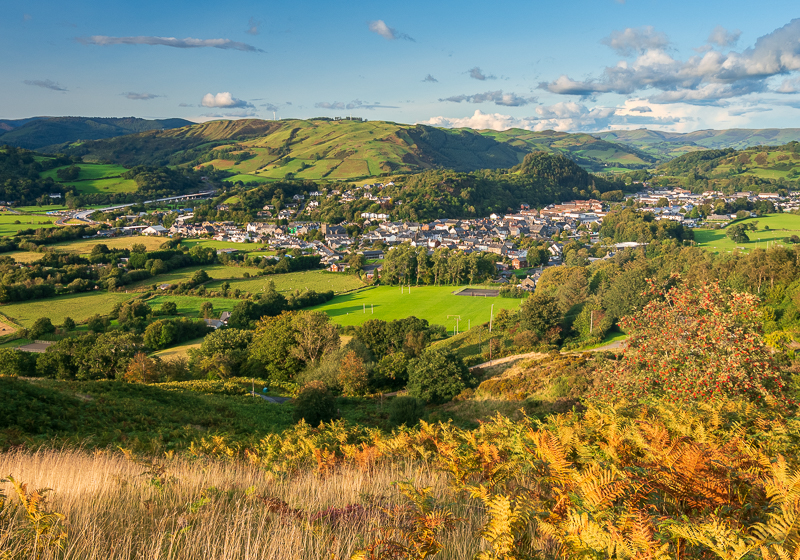
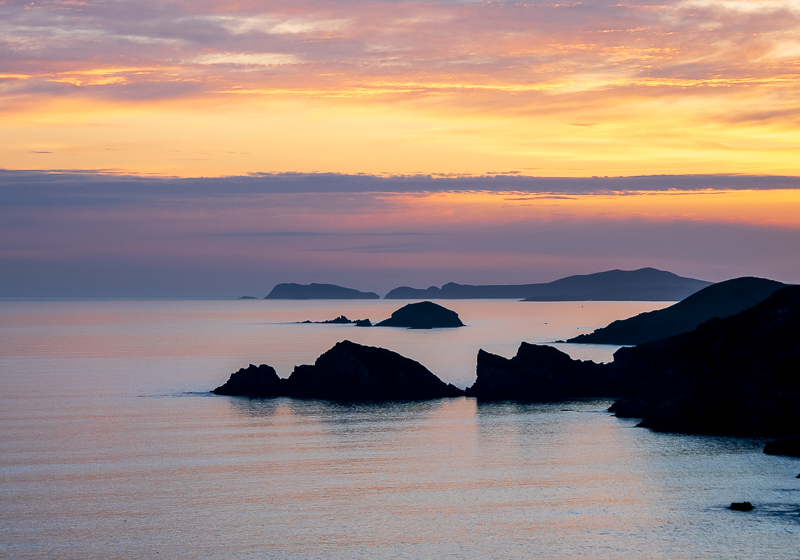
I’m not sure how many people understand how postcards are printed. To cut a long story short, commercial litho printing involves pulling a large sheet of paper/card through a machine. In the case of my postcards, and depending on the machine, the sheet holds 16 or 32 different designs. For the lowest unit price the sheet needs to be full. The drawback is that you end up with the same number of each individual design. And of course some postcards sell much better than others. There are always difficult decisions to be made.
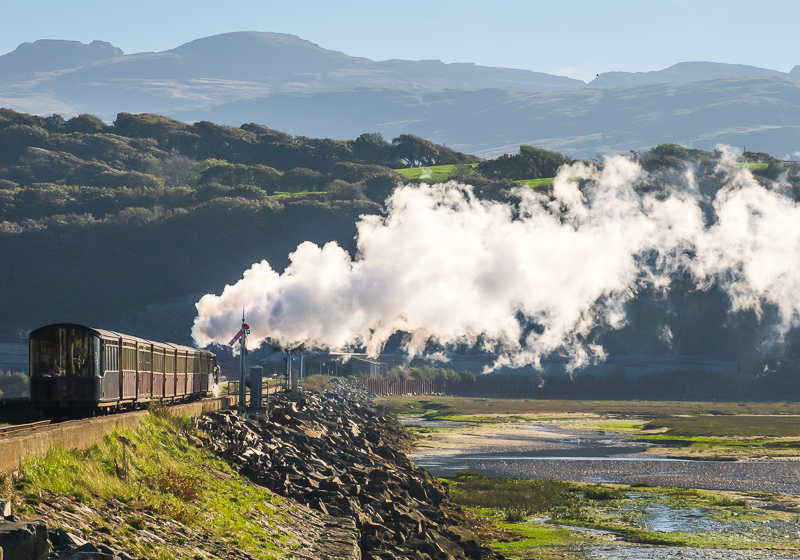
I had been using the same printer for a number of years and their machine held 32 designs. But I began to get frustrated by some aspects of dealing with them and sometimes with the actual printing quality. I decided to look around for another printer last summer. The company I eventually settled on had a machine which used a sheet holding sixteen designs. I didn’t realise at the time that my main competitor had used them as well, but I suppose that is a kind of recommendation. Anyway, the printing went well, and if anything the print quality was better. Things were looking up! I contacted them over the winter to discuss another order.
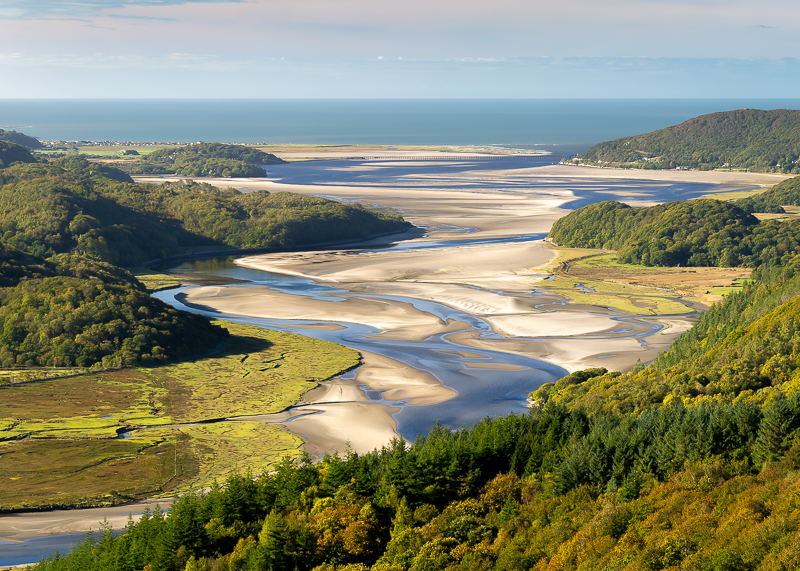
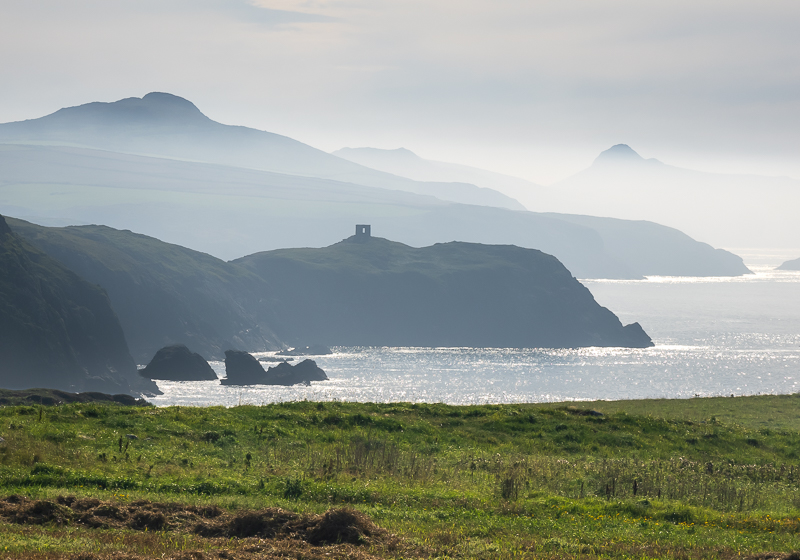
There had been changes. They had disposed of their litho machine and installed a digital printer. My experience of commercial digital printing had been very poor but I was reassured that this was not your typical digital machine. Some samples were printed for me from the files that had been used for my last job and they were virtually identical. I couldn’t fault them. The biggest advantage was that it is now possible to have any number of each design printed. So if I needed 1000 of one design and 400 of another that was absolutely fine. The unit cost depended only on the total number of cards printed. So I decided to take a punt.
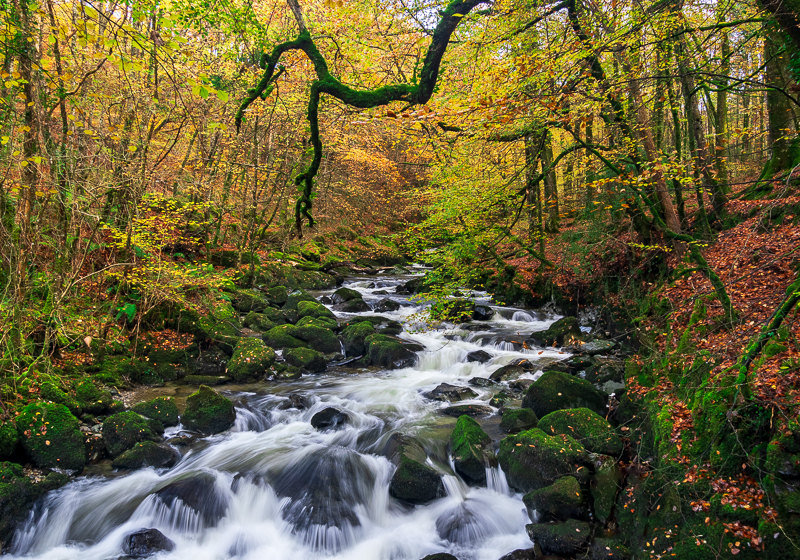
The cards are absolutely fine. Printing quality seems to be as good as the litho printer, and I’m able to tailor the order more closely to what I think will sell. I can’t help wishing these machines had been available many years ago.
To read more Tales from Wild Wales as they are published, please click on the Follow button
